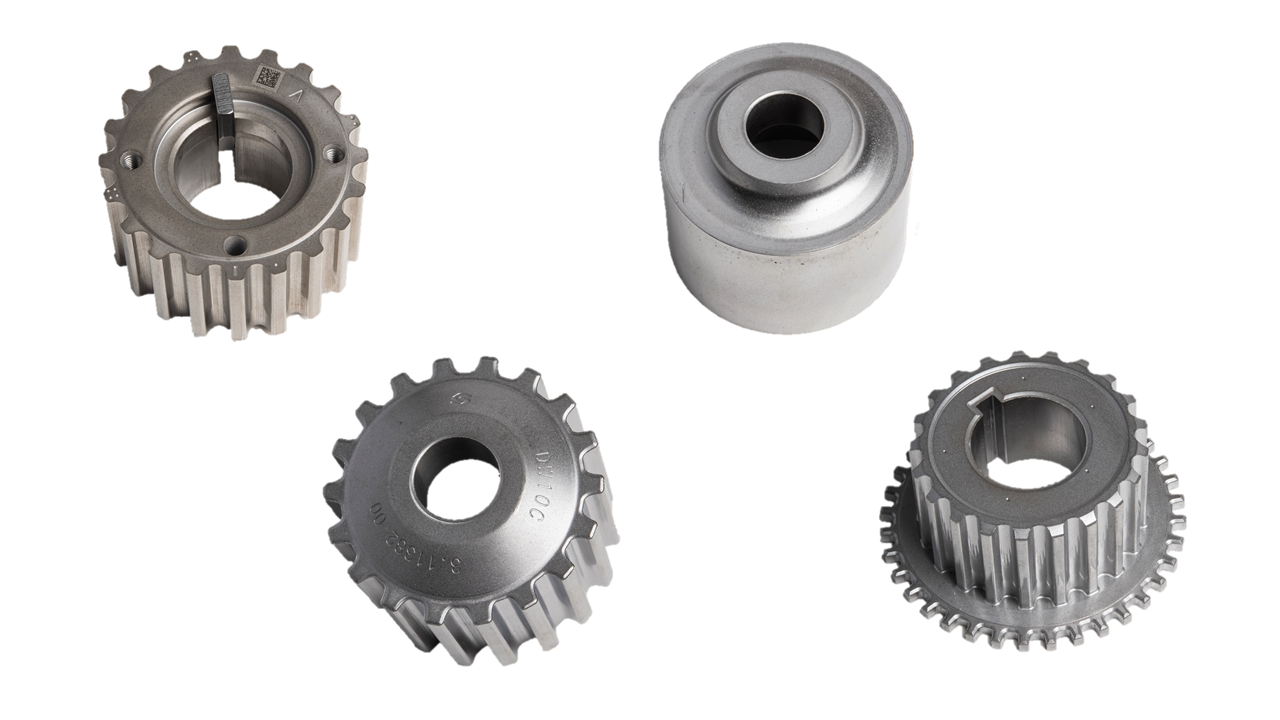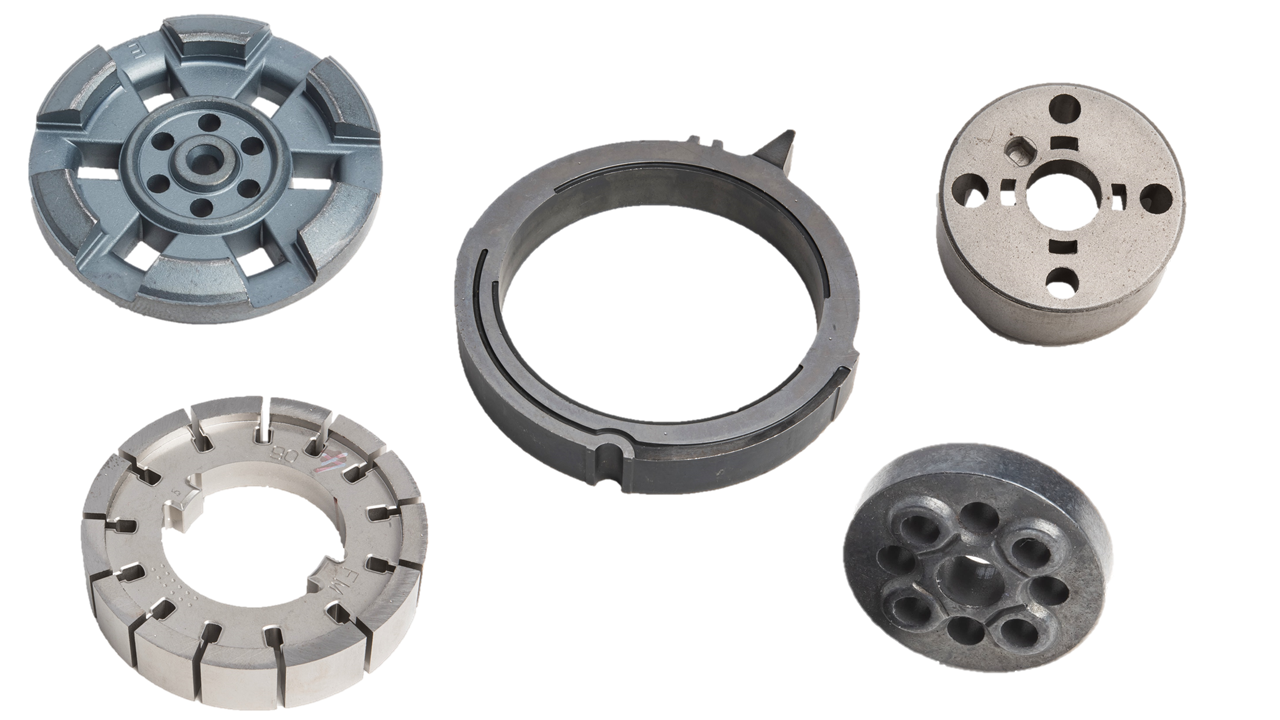Main application for sintered mechanical parts
Historically, powder metallurgy has been driven by the automotive industry, which accounts for 60 to 80% of sintered mechanical parts. However, the massive introduction of electronics has led to a non-negligible reduction in the rate of mechanical parts in this industry. At the same time, other sectors such as household appliances, construction and tooling are seeing a rapid and constant growth in the use of mechanical parts. This allows us to affirm that sintering techniques have not finished surprising us and have a bright future ahead of them.
Our fields of application
- Groove or knurling for fitting into a plastic holder.
- Flanges, flats or notches to block the translation or rotation of the plastic.
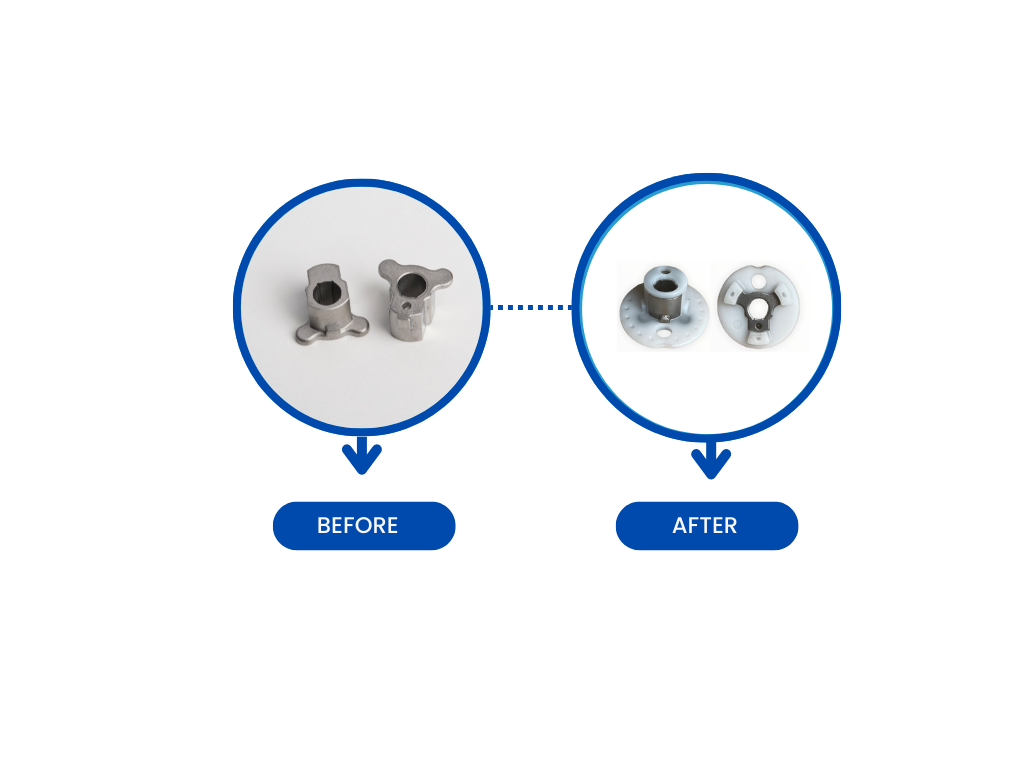
Pinions and timing wheels with toothed belts
The use of toothed belts is a relatively new technology. It allows the rational construction of engines with overhead camshafts.
Pignog gear
This distribution is carried out by single, double or triple chains, depending on the power of the engine.
Polar masses, cores for magnetic circuits...
- Polar mass for dynamo
- Mild steel armature for disengageable fan
- Magnetic cores for measuring instruments
- Cable ties
Sewing and knitting machine parts.
This type of machine generally requires complex shaped parts that are often interesting to produce by powder metallurgy for economic reasons.
- Levers, forks, rods - for sewing machines
- Parts for knitting machines
Flanges and half-flanges, spacers:
- High pressure hose clamps (tractors with hydraulic controls).
- Half flanges for high pressure hoses.
- Shaft output flange.
- Bearing roller.
- Track spacer (tractor).
- Bronze part for current collection.
- Joint spacer for twin truck wheels with its support.
- Locking flange for a large adjusting nut
Parts for machine guns, time fuses:
- Porous sintered iron shell belt
- Smoke pot nozzle
- Sintered brass parts for time fuses
- Front sight for machine gun
Claws for drills, chain saw hubs, lawnmowers, etc...
- Cogwheels for electric drills (vibrations for drilling in stone and concrete)
- Sprockets for electric drills
- Parts for ratchets and jaws
- Freewheel sprocket for lawn mowers
- Inner tooth wheel for lifting mechanism
- Hub for motorised chain saws
Magnetic steering wheel cams, steering lock washers:
- Cam for magnetic steering wheel (motorcycle)
- Toothed washer for bicycle steering adjustment
Elements for high pressure pumps for servo-mechanisms or oil pumps.
Main characteristics:
- Inner, outer and front tooth
- Ovald design possible
- Material and heat tratment to improve tooth wear and fatigue strenght
- multiple tooth sections with various profile
- sprocket with integrated or fitted key for torque transmission
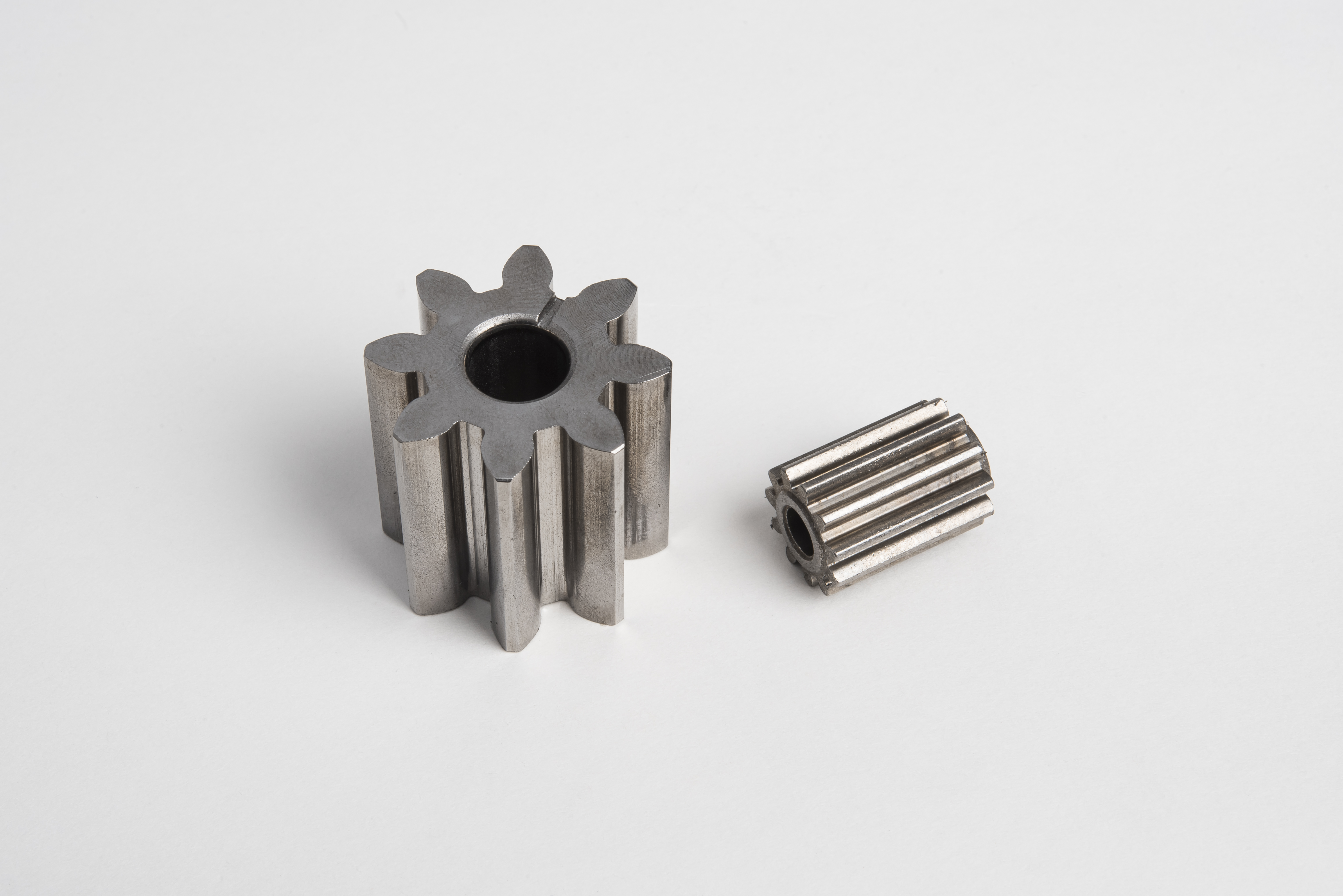
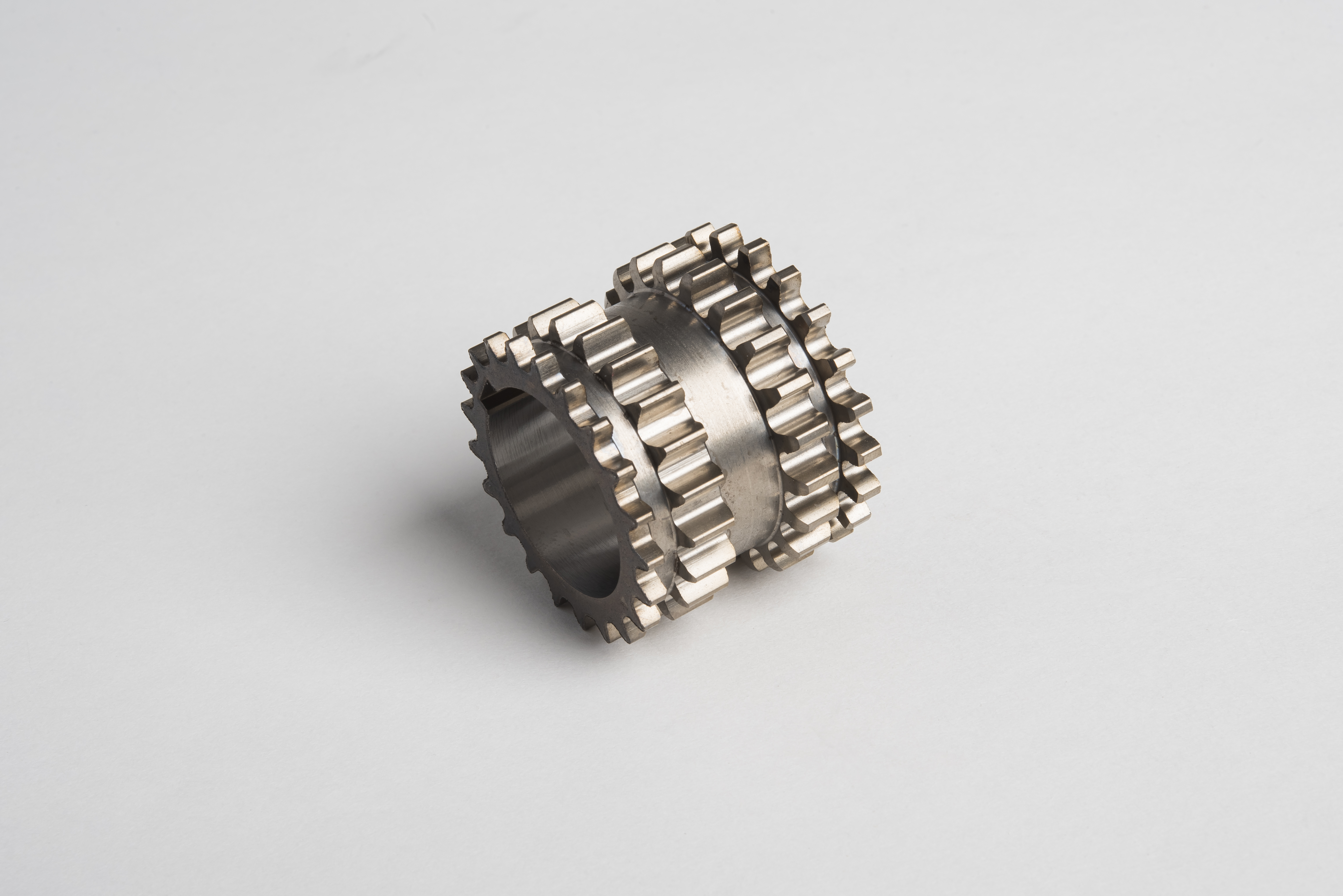
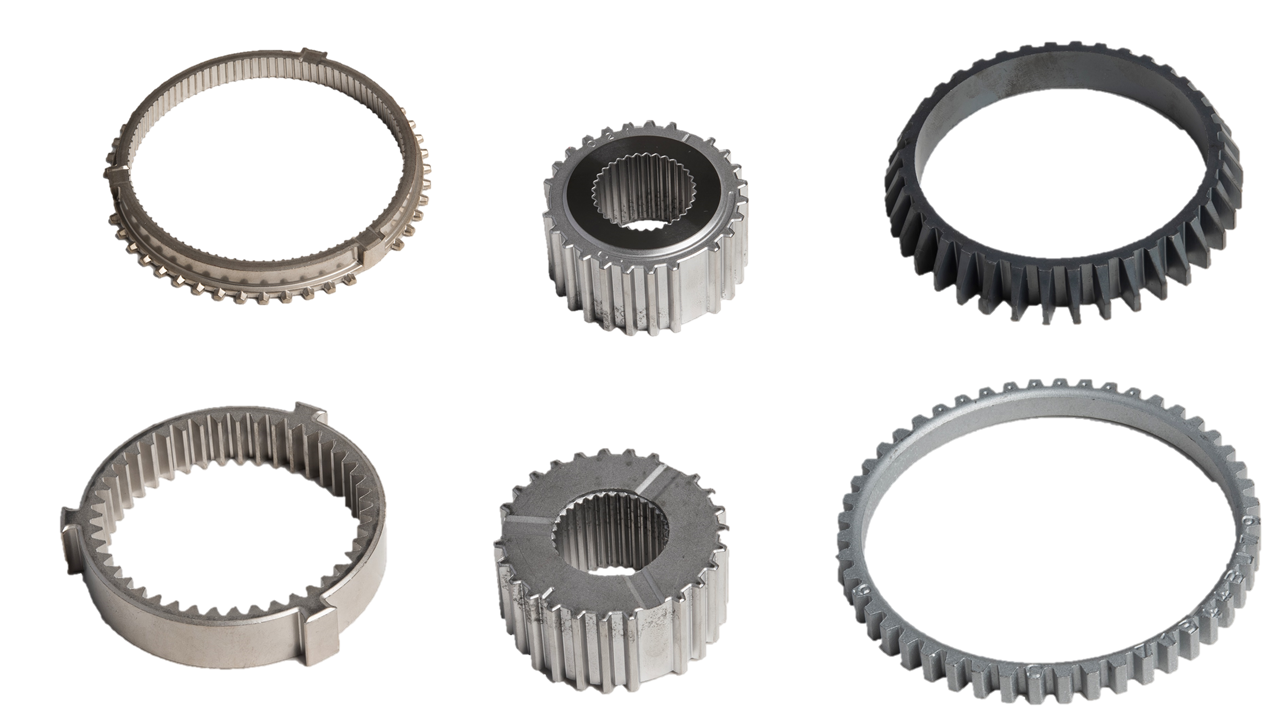
- Inner diameter defined for shaft fitting
- Threaded holes on the flange
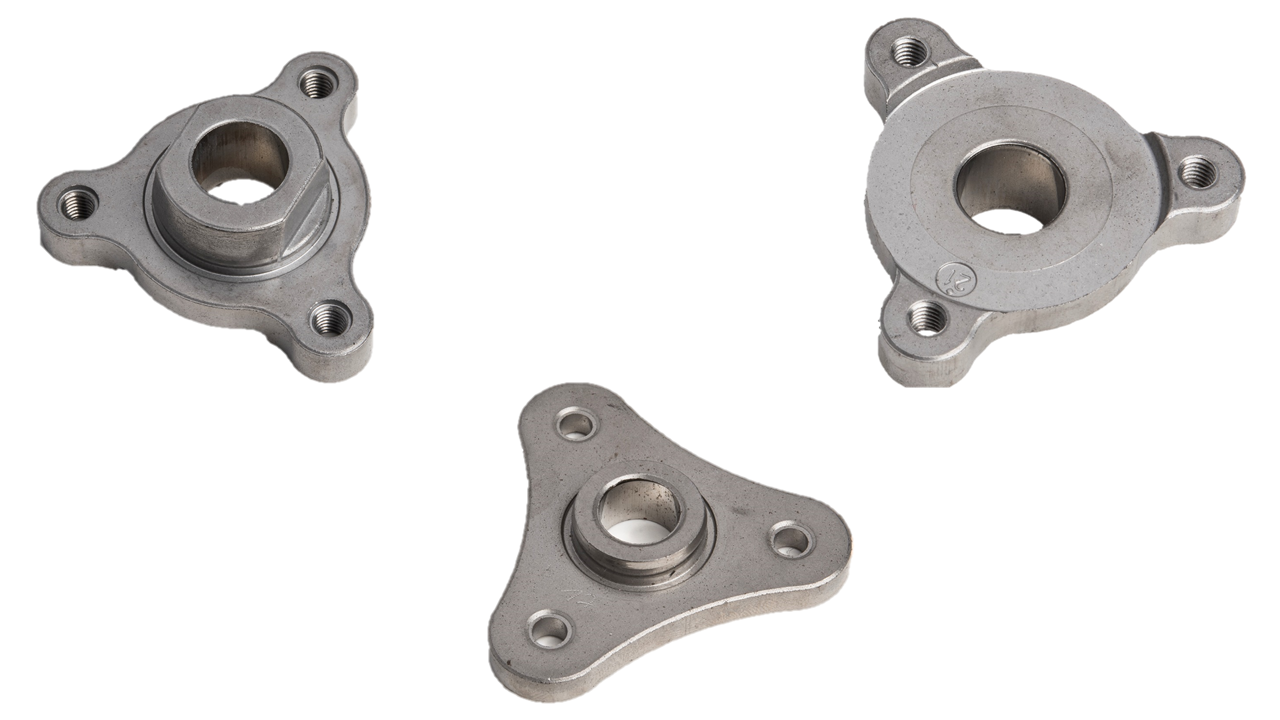
Sealing by steam tratment
- Manufacture of soft iron poles and cores.
- Manufacture of rotors and stators in SMC, allowing for magnetic properties in all three dimensions.
On demand cam profile manufacturing
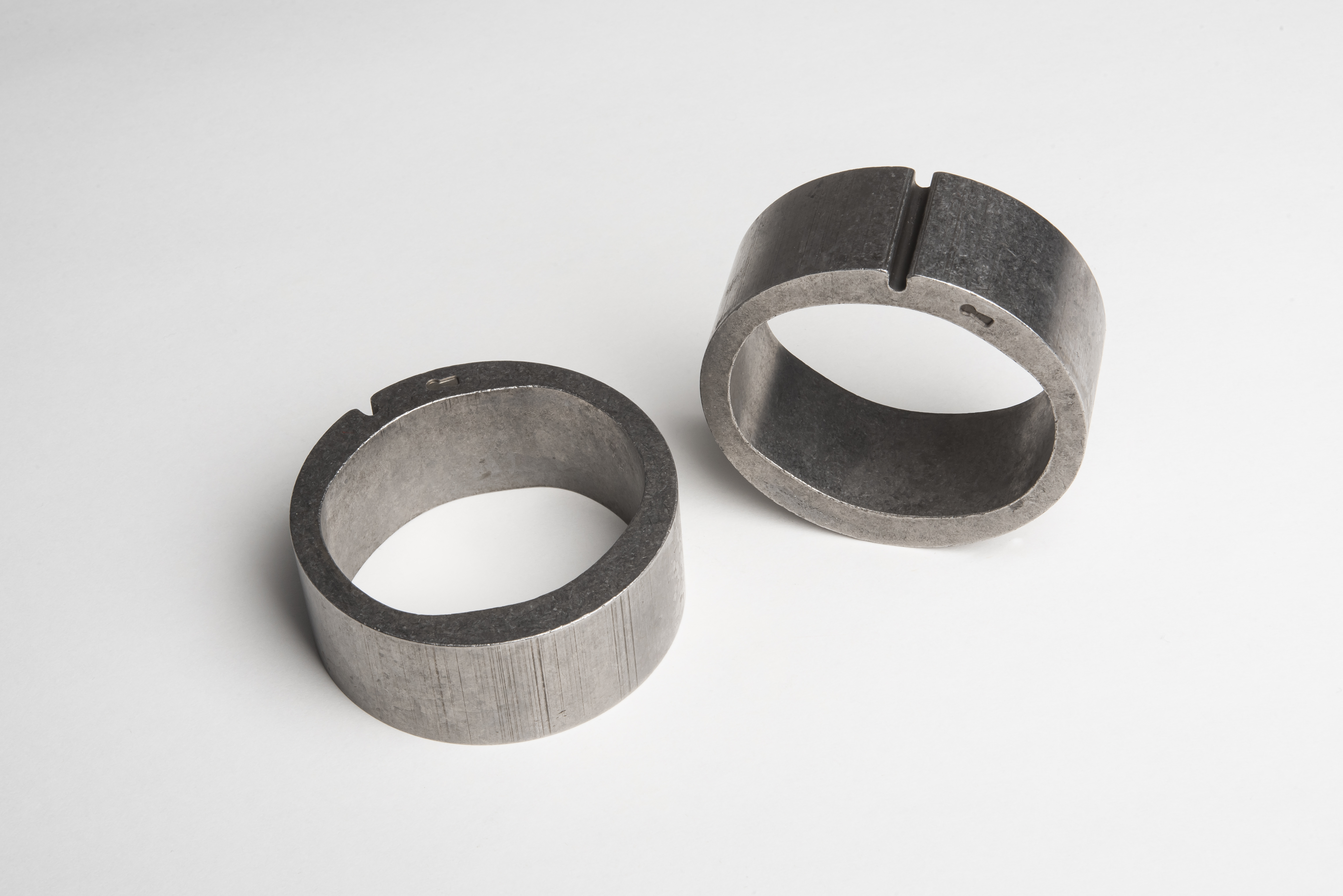
Both faces machining with dimensions accuracy ISO 7
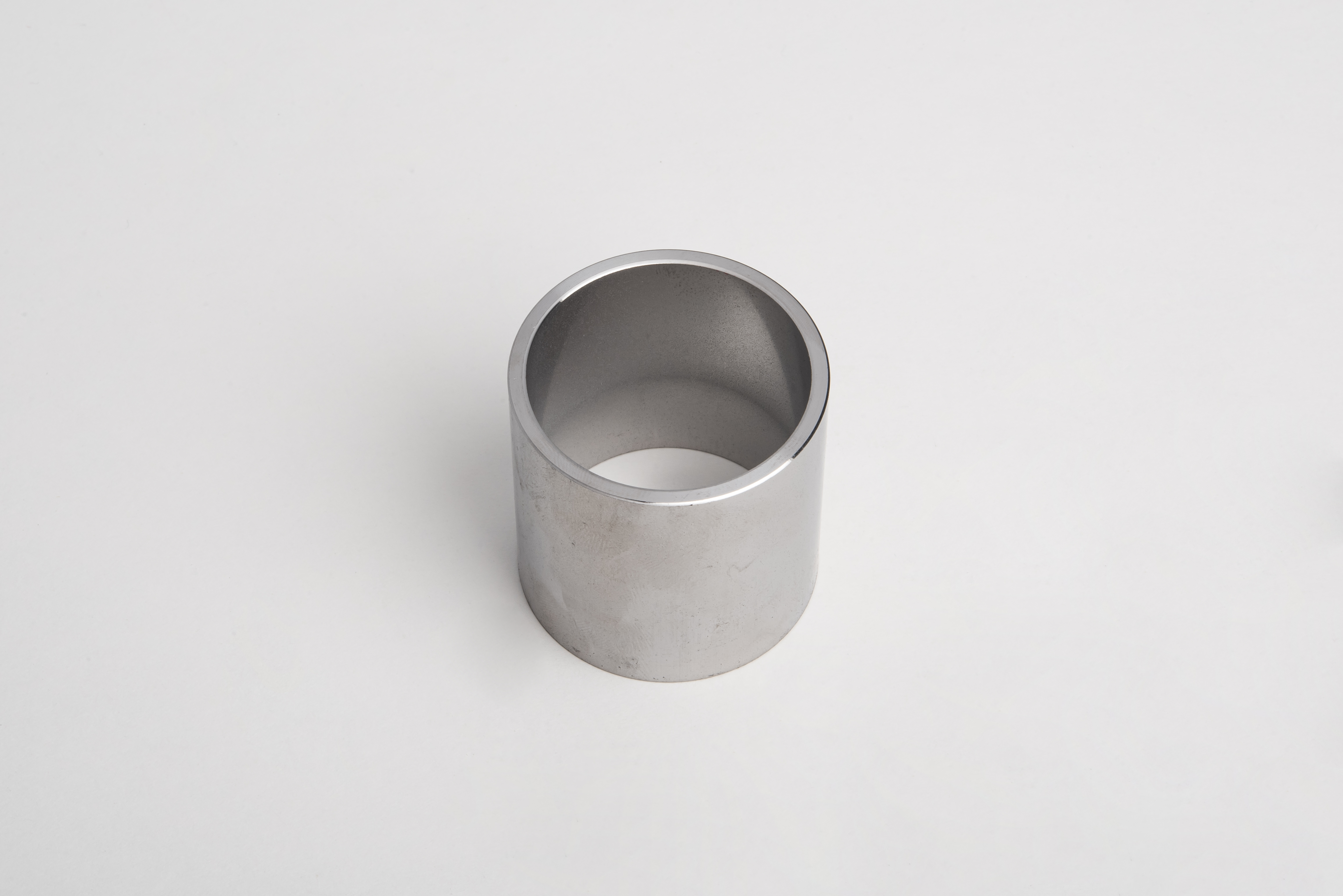
Our main areas of expertise
Water Pump Gear
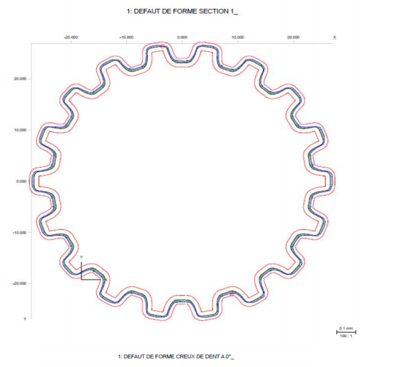
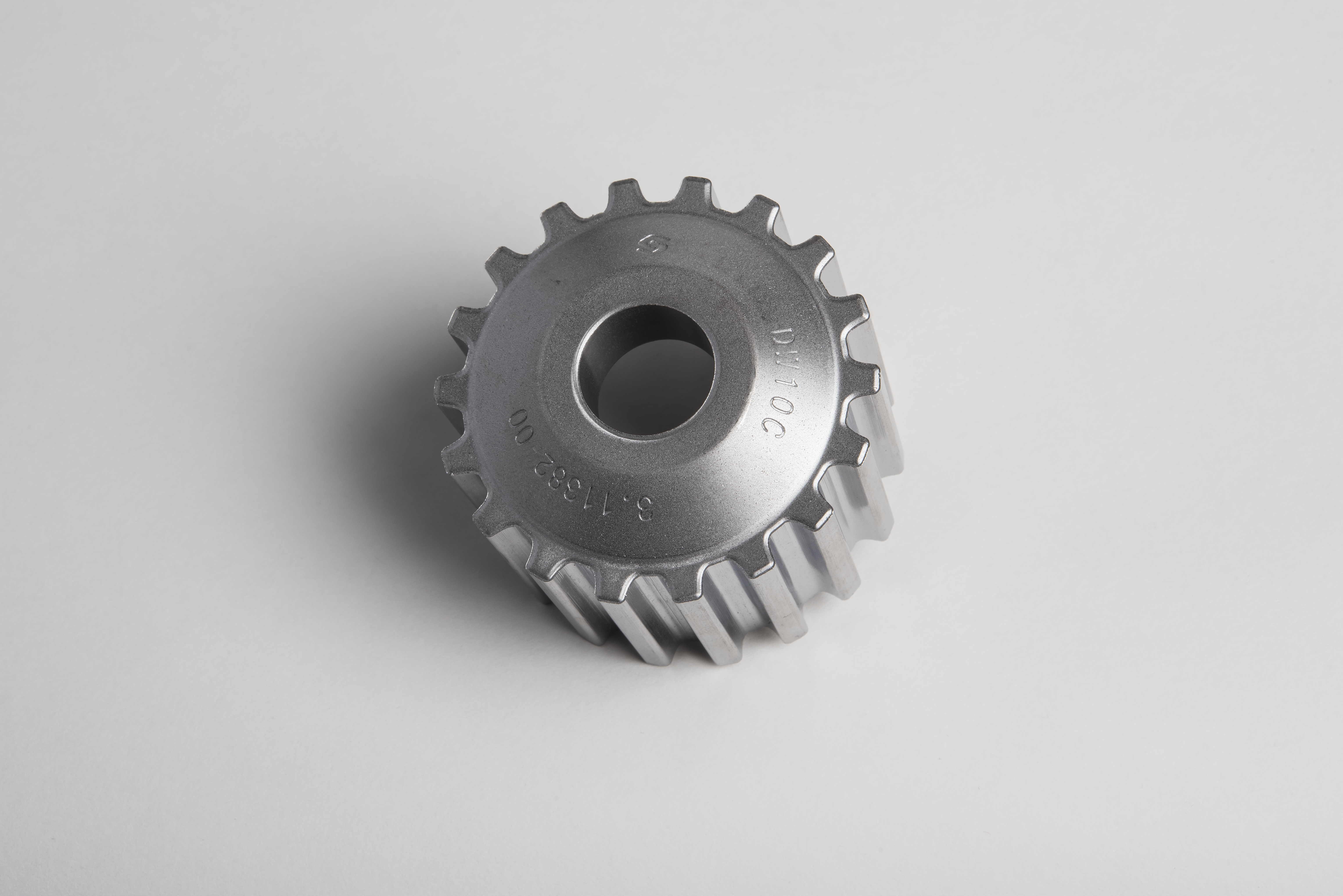

(PPH) Oil Pump Pinion
Our Clients:
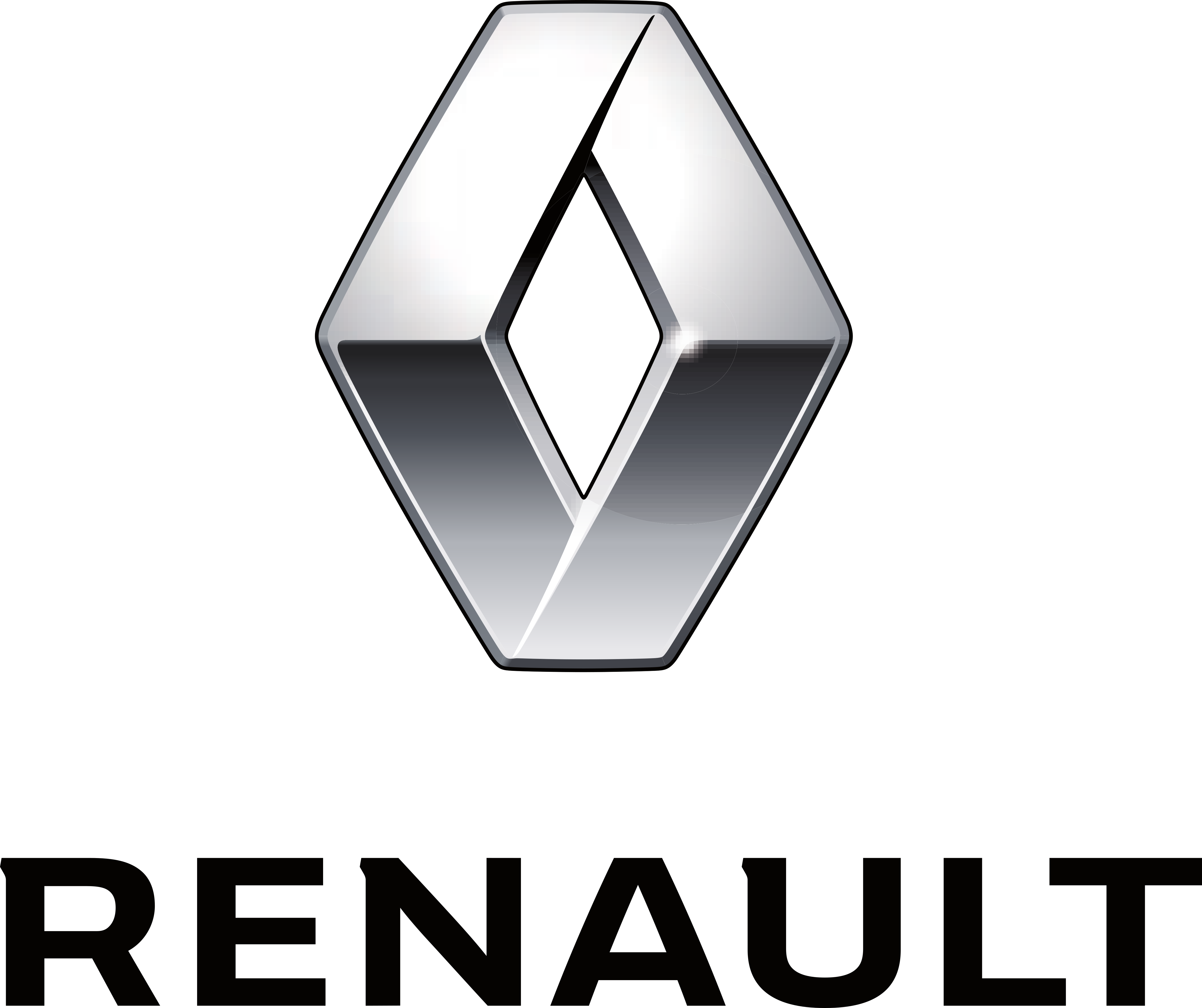
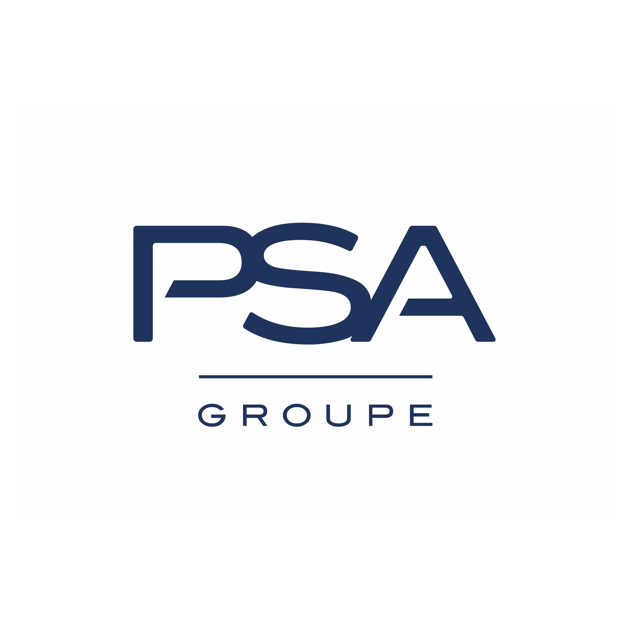
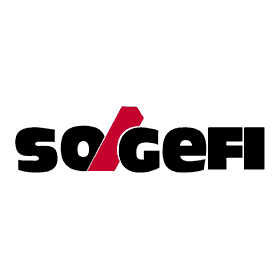
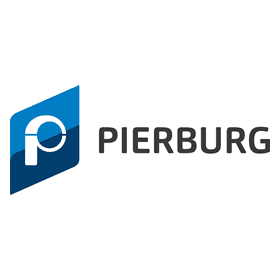
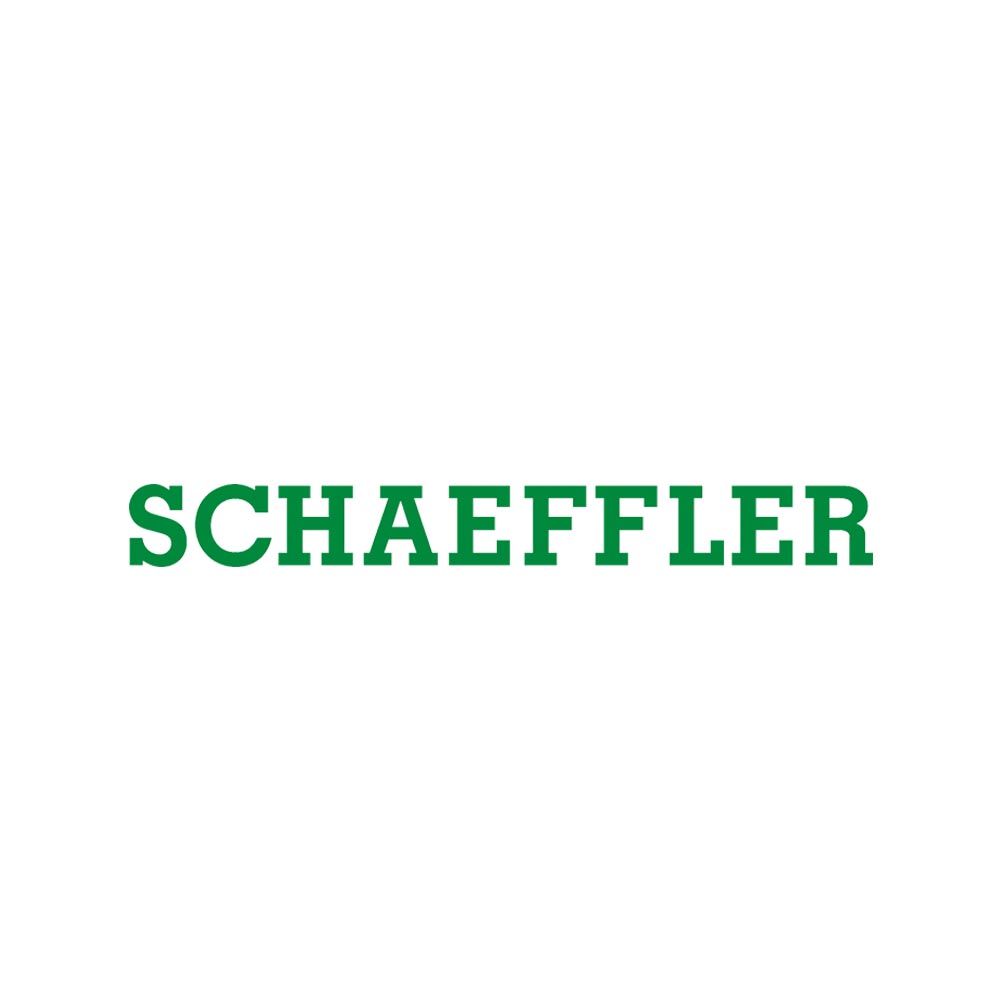
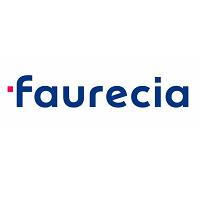

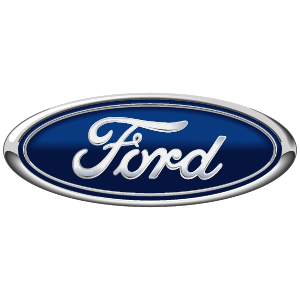
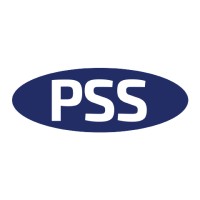









Why choose Poral Oloron Frittage ?


